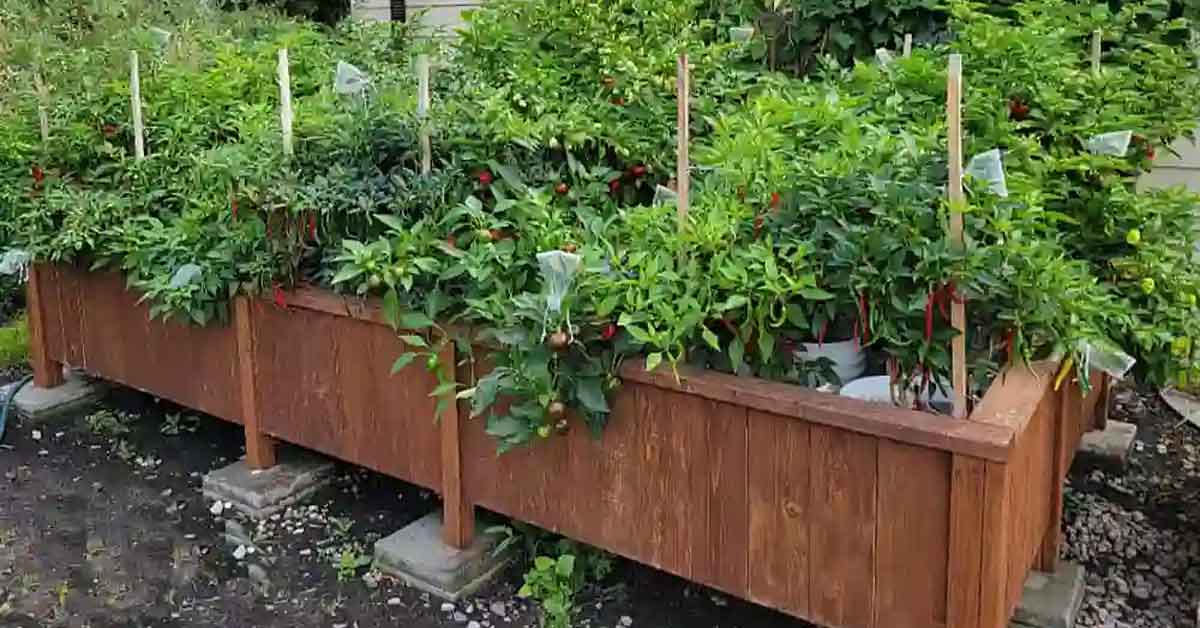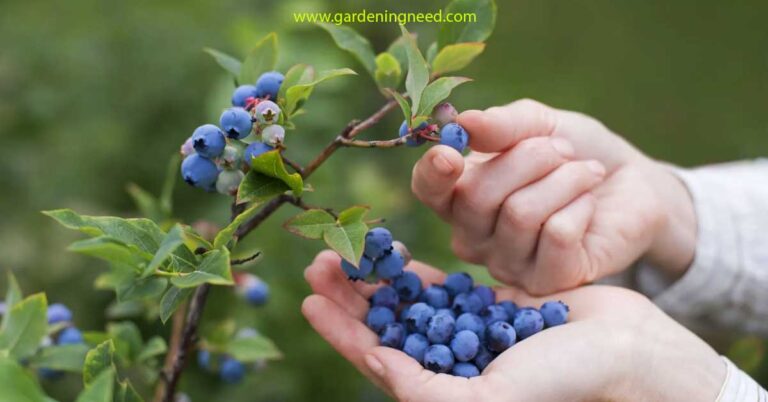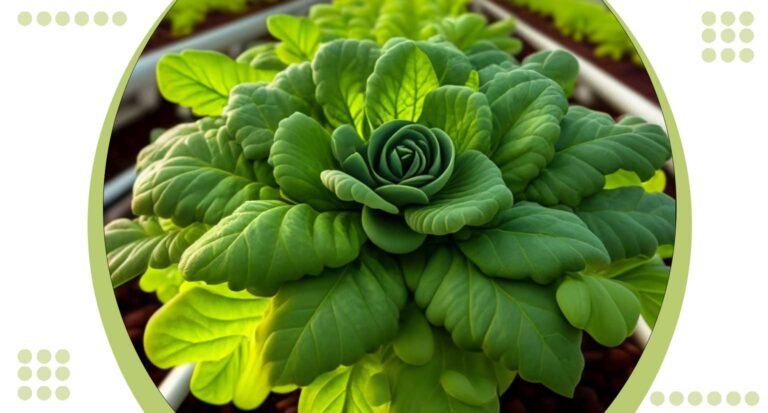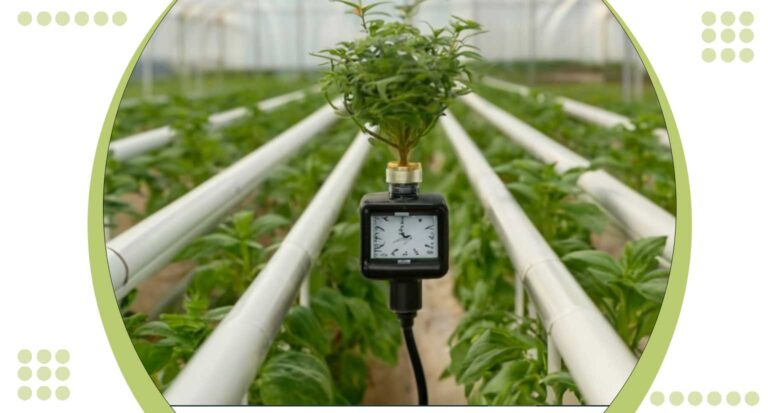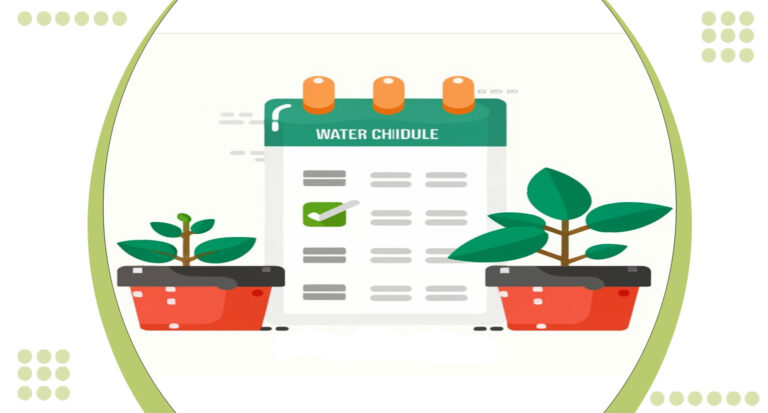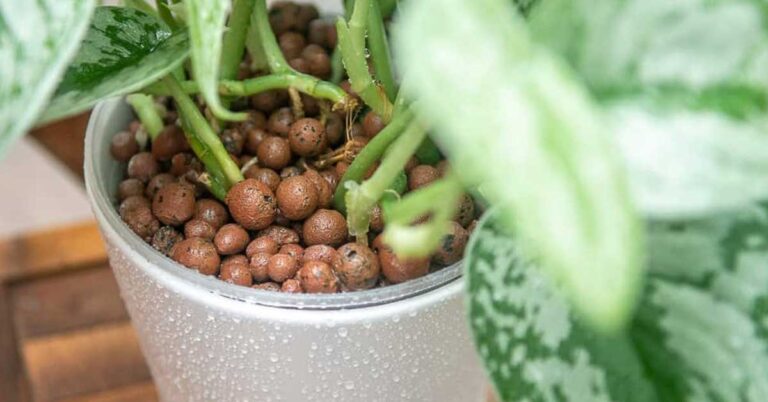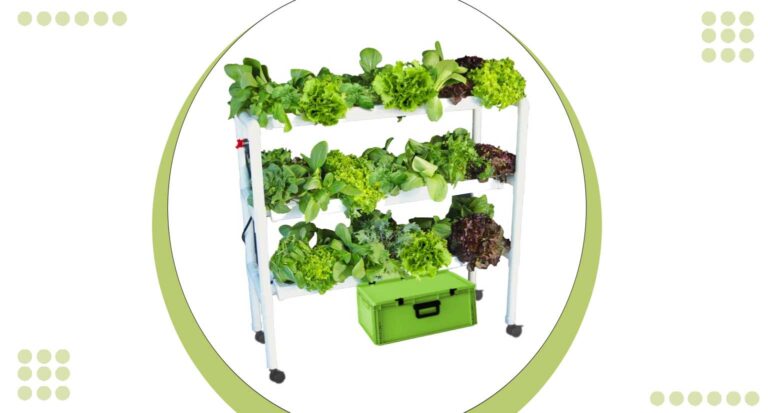Outdoor Hydroponic Garden
Outdoor hydroponic gardening is revolutionizing the way people grow vegetables and herbs, and it’s opening doors for both seasoned gardeners and those new to the practice. But what exactly is it? And why is it gaining such popularity?
An outdoor hydroponic garden employs a water-based solution enriched with nutrients to grow plants without the use of soil. By embracing this method, one can enjoy growing vegetables hydroponically with increased control, efficiency, and sustainability.
For those pondering hydroponics for beginners, this approach simplifies many of the complexities of traditional gardening. Whether interested in rack-based hydroponic systems, vertical hydroponic gardens, or other innovative techniques like NFT hydroponics and DWC hydroponics, there’s a suitable system out there for everyone.
Join us as we delve into the various aspects of this exciting form of gardening. From understanding the basics to exploring advanced techniques like Kratky hydroponics, this guide will serve as a comprehensive resource for anyone eager to embark on this rewarding journey.
Choosing a System
The heart of any outdoor hydroponic garden lies in its system. Choosing the right method and configuration is paramount to success, and understanding the various options can lead to a bountiful harvest.
1. Water Culture Hydroponics: Ideal for those who want a simple and cost-effective setup. Plants are suspended in a nutrient-rich water solution, providing easy access to both nutrients and oxygen.
2. Rack-Based Hydroponic Systems: These systems are perfect for maximizing space. By utilizing racks, gardeners can cultivate multiple layers of crops, making it a preferred choice for urban environments.
3. Vertical Hydroponic Gardens: A creative approach that allows plants to grow upward instead of spreading out. This design is particularly useful for those with limited outdoor space.
4. NFT Hydroponics (Nutrient Film Technique): A continuous flow of nutrient solution ensures that plants receive consistent nourishment. NFT is known for its efficiency and high yields.
5. DWC Hydroponics (Deep Water Culture): This method submerges the roots in a nutrient solution, providing constant access to water, nutrients, and oxygen. DWC is praised for its ease of maintenance.
6. Kratky Hydroponics: A passive system that doesn’t require electric pumps or air stones. It’s perfect for those who desire a low-tech approach.
Whether you are stepping into the world of hydroponics for beginners or looking to explore new avenues in outdoor hydroponic systems, these options offer a wide range of possibilities. Assessing your goals, available space, and preferred level of complexity will lead you to the system that’s right for you. Your outdoor hydroponic garden awaits!
Planting and Harvesting Your Crops
Once the system is chosen, the next step in building an outdoor hydroponic garden involves planting and eventually harvesting the crops. Whether growing leafy greens or vibrant flowers, understanding the proper procedures is crucial for success.
Planting
1. Selection: Choose plants suitable for your specific hydroponic system. Some crops are more adaptable to water culture hydroponics, while others may thrive in rack-based or vertical hydroponic gardens.
2. Germination: Start seeds in a soilless growing medium or purchase hydroponic-ready seedlings. The goal is to have strong and healthy plants ready for transplanting.
3. Transplanting: Gently place the seedlings into the hydroponic system, ensuring that the roots have adequate access to the nutrient solution. Consider techniques such as NFT hydroponics or DWC hydroponics to provide constant nourishment.
Harvesting
1. Monitoring Growth: Keep a close eye on the development of your crops. Regular inspection helps in identifying the perfect harvesting time.
2. Harvesting Techniques: Depending on the plant type, use clean and sharp tools to harvest without damaging other parts of the plant.
3. Continuous Growth: Many hydroponic systems allow for continuous harvesting. Techniques such as Kratky hydroponics can enable you to enjoy fresh produce all year round.
Planting and harvesting in an outdoor hydroponic garden offer an engaging and rewarding experience. Growing vegetables hydroponically not only conserves water and space but also produces vibrant and nutritious crops. With proper care and understanding of the unique requirements of hydroponic systems, gardeners can enjoy the fruits (and vegetables!) of their labor throughout the year.
Troubleshooting and Maintenance
Even the most well-designed outdoor hydroponic garden can encounter challenges. Regular maintenance and knowing how to troubleshoot common problems are vital to keeping the garden thriving.
Troubleshooting
1. Nutrient Deficiencies: Discolored or wilting leaves may signal a lack of essential nutrients. Understanding the requirements of your plants and regularly testing the nutrient solution can prevent these issues.
2. Algae Growth: Algae can thrive in water culture hydroponics and other systems. Keeping the nutrient reservoir covered and maintaining proper nutrient balance can inhibit algae growth.
3. Root Issues: Unhealthy roots can hinder growth. Regular inspection, especially in DWC hydroponics or Kratky hydroponics, helps detect and address root diseases early.
4. Pests: Though less common in hydroponic systems, pests can still be a problem. Employing preventive measures and using appropriate treatments ensures that plants remain pest-free.
Maintenance
1. Regular Cleaning: Keep all parts of the system clean, including pumps, pipes, and trays. This avoids clogs and ensures efficient nutrient delivery.
2. System Checks: Regularly inspect the entire system, including rack-based or vertical hydroponic gardens, for any leaks or malfunctions.
3. Nutrient Management: Regular monitoring and adjustments of nutrient levels accommodate the specific needs of the plants.
4. Environmental Control: Maintaining proper temperature, humidity, and light is essential for growth. Understanding the needs of your plants ensures an optimal environment.
Troubleshooting and maintenance might seem overwhelming, especially for hydroponics for beginners. However, with a proactive approach and a willingness to learn, anyone can master these aspects of outdoor hydroponic systems. The result? A flourishing garden that not only brings joy and satisfaction but also delivers fresh and healthy produce right to your table.
The Future of Outdoor Hydroponic Gardening
The world of outdoor hydroponic gardening is on the brink of a new era. As technology advances and the awareness of sustainable practices grows, this method of cultivation is set to become even more prominent and accessible.
1. Integration with Technology: Smart systems that can monitor and adjust nutrient levels, temperature, and humidity automatically are making hydroponics more user-friendly. Even hydroponics for beginners is becoming more accessible with intuitive systems that guide through every step.
2. Urban Agriculture: The space-saving nature of vertical hydroponic gardens and rack-based hydroponic systems is making it a viable option for urban dwellers. Growing vegetables hydroponically in cities can reduce the food miles and contribute to local sustainability.
3. Water Conservation: Water culture hydroponics, NFT hydroponics, and DWC hydroponics all offer significant water savings compared to traditional soil-based gardening. This advantage aligns with the global push towards water conservation.
4. Innovation in Systems: Continued innovation in systems like Kratky hydroponics and other passive methods is allowing more people to grow food with less reliance on electricity and complicated machinery.
5. Education and Community Involvement: Schools, community centers, and local governments are beginning to recognize the value of hydroponics as an educational tool and a means of fostering community engagement.
6. Climate Resilience: With controlled environments, outdoor hydroponic systems offer a level of protection against unpredictable weather patterns and climate changes, ensuring more consistent yields.
7. Accessibility: New methods and affordable kits are lowering the barriers to entry, making outdoor hydroponic gardening an achievable hobby or profession for a broader range of people.
The future of outdoor hydroponic gardening shines bright with promise and potential. It extends beyond merely growing plants without soil. It represents a shift towards efficiency, sustainability, and a closer connection to the food we consume. Whether exploring new techniques like Kratky hydroponics or improving traditional methods, the field continues to evolve, offering exciting opportunities for gardeners, innovators, and eco-conscious consumers alike.
Conclusion
Outdoor hydroponic gardening represents more than a trend; it’s a transformative approach to cultivation that aligns with modern needs and sustainability. From the simplicity of water culture hydroponics to the efficiency of rack-based hydroponic systems, this method offers various options catering to every gardener’s preferences and constraints.
For those just starting, hydroponics for beginners provides an accessible gateway. And for the seasoned grower, innovations in systems like vertical hydroponic gardens and NFT hydroponics continue to inspire and challenge.
With the ability to grow vegetables hydroponically in both urban and rural settings, the appeal of this method reaches far and wide. Coupled with the ongoing advancements in technology, community engagement, and climate resilience, outdoor hydroponic gardening is poised to play a significant role in the future of agriculture.
The opportunity to partake in this exciting journey, whether through DWC hydroponics, Kratky hydroponics, or other specialized techniques, is right at our fingertips. It’s an invitation to engage with our food, our environment, and our communities in a profoundly rewarding way. The future of outdoor hydroponic gardening is not only promising but also inspiring. Join the revolution and cultivate a better tomorrow today!

